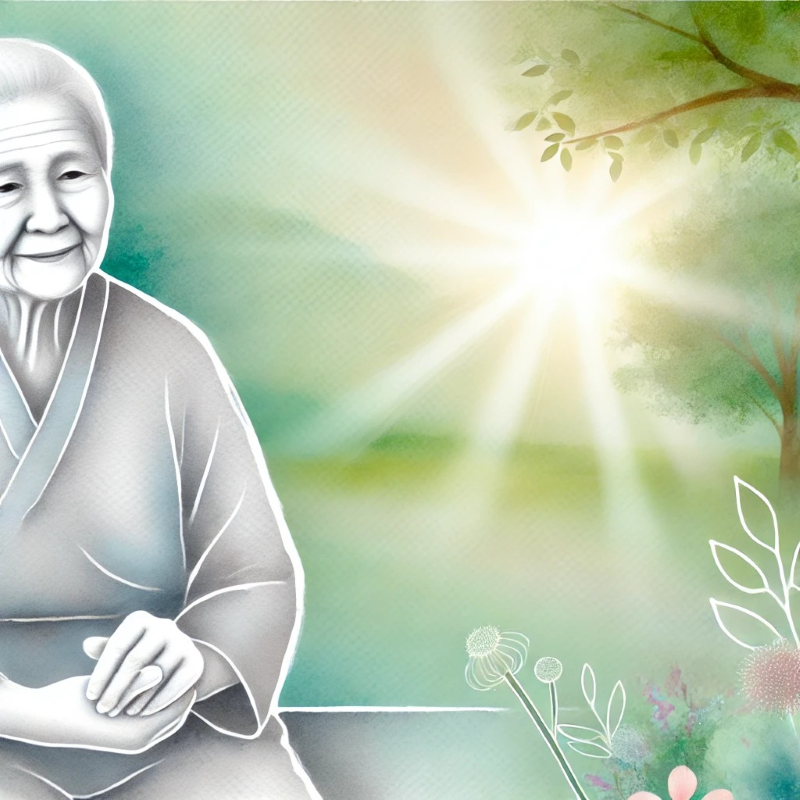Understanding Parkinson’s Disease: Progression, Treatment, and Management

Parkinson’s disease is a progressive neurological disorder that primarily affects movement control. Over time, the disease typically worsens, presenting increasing challenges for those affected and their caregivers. This post delves into the stages of Parkinson’s disease, the role of dopamine, the intricacies of Levodopa treatment, and strategies to manage motor fluctuations and late-stage symptoms.
Dopamine and Parkinson’s Disease
Dopamine, a neurotransmitter produced in the substantia nigra region of the brain, is essential for regulating movement. In Parkinson’s disease, the cells responsible for producing dopamine gradually die off, leading to the disease’s characteristic symptoms—tremors, stiffness, and bradykinesia (slowness of movement).
The 5 Stages of Parkinson’s Disease Progression
Parkinson’s disease is often categorized into five stages, reflecting the progression of symptoms and their impact on daily life:
- Stage 1: Symptoms are mild and typically do not interfere with daily activities. Tremors and other movement symptoms occur on one side of the body.
- Stage 2: Symptoms worsen, affecting both sides of the body. Daily tasks become more challenging.
- Stage 3: Loss of balance and slowness of movement are prominent. Falls become more common, and daily activities are significantly impacted.
- Stage 4: Symptoms are severe and limiting. Assistance is needed for most daily activities, and living alone may no longer be possible.
- Stage 5: The most advanced stage, where the person may be bedridden or require a wheelchair. Full-time care is essential.
End-Stage Parkinson’s Disease
Managing late-stage Parkinson’s is a significant challenge. Symptoms at this stage include severe motor and non-motor issues, necessitating comprehensive care and support. The focus shifts to maintaining comfort, managing symptoms, and ensuring the best possible quality of life.
Levodopa: The Cornerstone of Parkinson’s Treatment
Levodopa is the most effective medication for replacing the dopamine lost as Parkinson’s disease progresses. However, its effectiveness varies based on factors like disease progression, the timing of doses, and dietary intake. While Levodopa is critical in maintaining motor control, it doesn’t perfectly replicate natural dopamine production, leading to motor fluctuations—a common challenge in managing Parkinson’s disease.
Motor Fluctuations in Parkinson’s Disease
Motor fluctuations refer to the variability in symptom control, often influenced by fluctuations in Levodopa levels. These fluctuations can be unpredictable, ranging from mild to severe. Dyskinesia, characterized by involuntary movements like twitches, jerks, and writhing, often occurs at peak doses of Levodopa. Understanding the types of motor fluctuations—such as “wearing off,” “morning off,” and “dose failure”—is crucial for effective management.
Strategies for Managing Motor Fluctuations
Managing motor fluctuations involves a combination of lifestyle changes and medical interventions. Enhancing sleep quality, adjusting diet, and reducing stress are foundational steps. Additionally, working with a physician to tailor medication regimens or exploring alternative delivery methods, such as infusion therapy or oral inhalants, can help manage these fluctuations.
Optimizing Levodopa Delivery
Maintaining consistent Levodopa levels is vital to reducing motor fluctuations. As Dr. Peter A. LeWitt emphasizes, the key to minimizing these fluctuations lies in the consistent delivery of Levodopa to the brain. While current science is still working towards more accessible and reliable delivery systems, several options are available to help manage these fluctuations.
Dosing Strategies
Traditional Levodopa therapy often involves increasing the dose or prescribing smaller, more frequent doses to stabilize motor control. This strategy, while effective short-term, requires frequent adjustments as the disease progresses.
Alternative Delivery Methods
- Infusion Therapy: Duopa, an infusion of Levodopa and Carbidopa directly into the small intestine, has shown significant improvements in managing off time and dyskinesia. However, this method involves the surgical placement of a gastrostomy tube.
- Oral Inhalants: Inbrija, an inhaled form of Levodopa, provides rapid relief during early morning “off” periods by bypassing gastrointestinal absorption issues.
Pharmacological Add-Ons and Alternatives
In addition to Levodopa, several other medications can help manage motor fluctuations and other Parkinson’s symptoms. These include:
- Amantadine (Gocovri, Osmolex ER): Used for dyskinesia and mild symptoms, working on dopamine and glutamate pathways.
- Adenosine Receptor Agonists (Nourianz): Reduce “off” time by boosting dopamine signaling.
- Anticholinergics (Cogentin): Used alone or with other therapies to treat tremors and drooling.
- COMT Inhibitors (Comtan, Stalevo): Extend the effects of Levodopa by blocking its breakdown.
- Dopamine Agonists (Apokyn, Mirapex): Mimic dopamine effects, available in various forms.
- MAO-B Inhibitors (Azilect): Extend the life of dopamine in the brain.
Deep Brain Stimulation
Deep brain stimulation (DBS) offers an alternative to medication for some individuals. DBS involves implanting electrodes in targeted brain areas to modify activity and reduce symptoms without the motor fluctuations associated with Levodopa.
Finding Hope and Support
The progression of Parkinson’s disease, especially in its later stages, is a life-altering journey. Motor fluctuations, cognitive decline, and the need for increased care can significantly impact the quality of life. However, with proper management and ongoing research, there is hope for better treatments and outcomes. Support from healthcare providers, caregivers, and the Parkinson’s community is essential in navigating the challenges of this disease.
AI-generated medical content is not a substitute for professional medical advice or diagnosis; I hope you found this blog post informative and interesting. www.parkiesunite.com by Parkie.
SEO Keywords: Parkinson’s treatment, motor fluctuations, Levodopa, Parkinson’s progression, deep brain stimulation
DALL-E Prompt: A serene watercolor painting of an elderly person sitting in a peaceful garden, with soft sunlight filtering through trees, symbolizing tranquility and hope. The person has a gentle smile, representing resilience and calmness despite challenges, with subtle details indicating the effects of Parkinson’s, such as a slight tremor in their hands. The background features delicate flowers and greenery, emphasizing a connection with nature and inner peace.